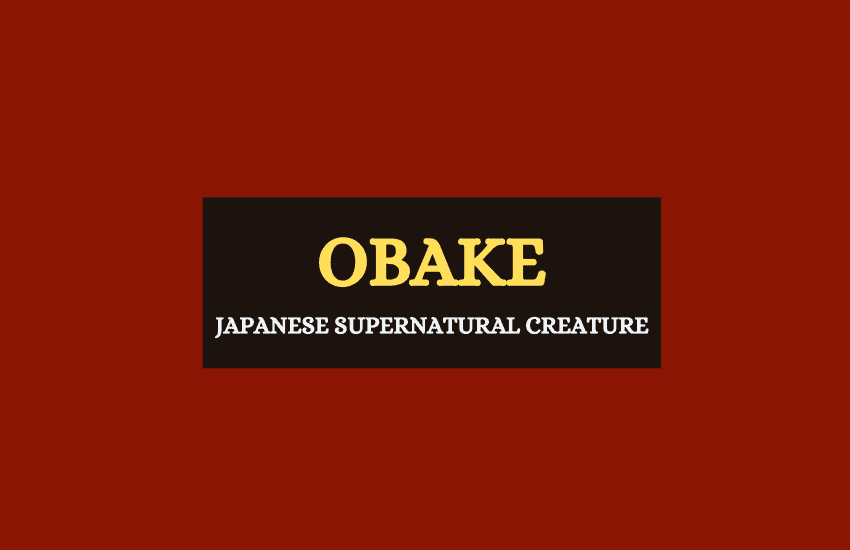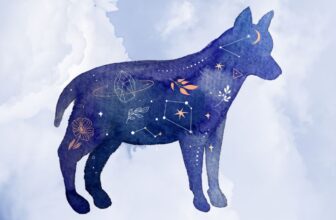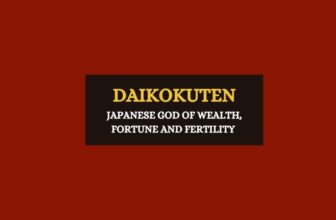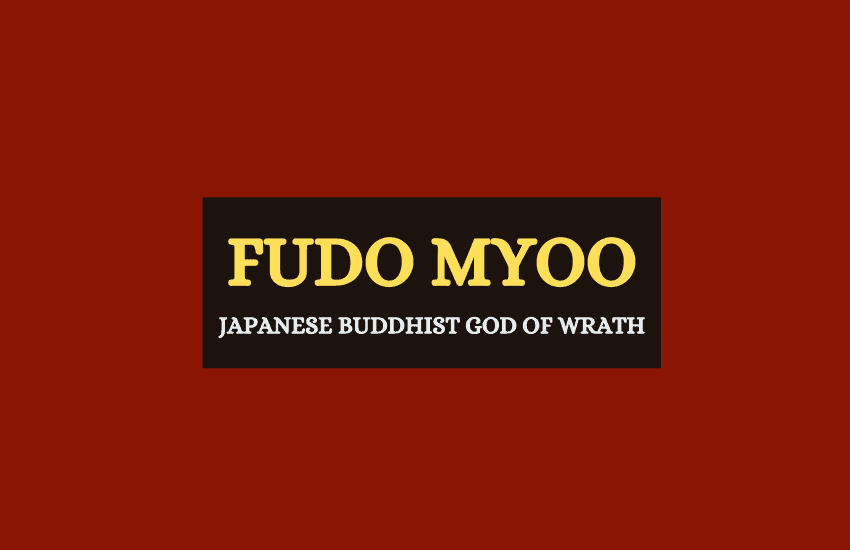
Table of Contents
Trying to sift through the different spirits, ghosts, and supernatural creatures in Japanese mythology can seem daunting at first, especially if you’re new to the world of Shintoism. What makes it complicated isn’t just the unique creatures or the Japanese names, however, but also the often blurred lines between what it means for something to be yokai, yūrei, demon, or obake/bakemono.
In this article, let’s take a closer look at the obake and bakemono, what they are and what they can do in Japanese mythology
Who or What Are the Obake and Bakemono?
Obake and bakemono are two terms that are often used interchangeably together with the less common obakemono. All three of them tend to mean the same thing – a thing that changes.
The term is also often translated as a type of ghost or spirit. However, that wouldn’t be an exact translation either as obake tend to be living beings. Instead, the easiest way to view obake and bakemono in English is as shapeshifting spirits.
Ghost, Spirit, or a Living Thing?
The easiest way to explain why obake and bakemono are neither ghosts nor spirits is that these two are usually translated as yūrei for ghosts and yokai for spirits. Both of these translations are not exactly correct either but the takeaway here should be that obake and bakemono are actually living, physical beings and not anything incorporeal.
This is why obake and bakemono are often translated quite literally from their name – shapeshifters or things that change their shape. However, that’s not exactly right as well since there are many yokai that can shapeshift without being obake or bakemono.
Obake vs. Shapeshifting Yokai
Many of the famous yokai spirits have the ability to shapeshift. Most yokai are animal spirits to begin with but have the magical ability to turn into humans.
Probably the most famous example is the nine-tailed kitsune foxes that can transform into walking, talking people. Some people consider the kitsune yokai as a type of obake or at the very least as both yokai and obake. Traditionally, however, the kitsune are viewed as strictly yokai spirits and not obake or bakemono.
Another example is the bakeneko – household cats that can become so intelligent and magically skillful with age that they can start shapeshifting into people. The bakeneko will often even kill and eat their masters, bury their bones, and then shapeshift into their masters and continue living as them.
Unlike the kitsune, the bakeneko cats are much more commonly viewed as obake or bakemono.
What’s the difference, however?
Both kitsune and bakeneko are magical animals that can shapeshift into people – why is one viewed as yokai and the other as obake?
The simplest way to explain it is that the kitsune yokai are viewed as supernatural while the bakeneko obake are not. Yes, a cat shapeshifting into a talking human being may sound supernatural, but Japanese mythology draws a line between what’s magical or supernatural and what’s physical and natural but just mysterious.
In other words, the Japanese people didn’t view everything they didn’t understand as supernatural – they tried to distinguish between the different things they didn’t understand by dubbing some as “supernatural” and others as “natural but not yet understood.”
And this is the key difference between obake, yokai, and even yūrei ghosts – the latter two are supernatural while the obake are “natural”. What’s interesting is that obake or bakemono are described not just as shapeshifters but as twisted and distorted semi-human shapeshifters that are much more monstrous than anything “normal” in most people’s books.
Are the Obake Good or Evil?
Traditionally, obake and bakeneko creatures are depicted as evil monsters. This is the case both in the oldest Japanese myths and legends as well as in contemporary literature, manga, and anime.
They are not strictly evil, however.
They can act evil and they are rarely good but often they are also viewed as just self-serving and morally ambiguous creatures that just mind their own business and do what serves them best.
Symbolism of Obake and Bakemono
It can be difficult to pinpoint a precise symbolism of the obake/bakemono shapeshifters. Unlike most yokai spirits, obake creatures don’t symbolize any particular nightsky object, natural event, or an abstract moral value.
Instead, the obake are just what they are – (not)supernatural shapeshifters that live in the world together with us. In many stories about obake, they symbolize a twisted and inhuman obstacle for the hero or embody the twistedness of humanity and life in general.
Importance of Obake and Bakemono in Modern Culture
Depending on what we choose to define as obake or bakemono we can find a nearly endless number of them in modern Japanese manga, anime, and video games.
Bakeneko cats can be seen in the anime series Ayakashi: Samurai Horror Tales and the avant-garde anime series Mononoke. There’s even a bakemono in the second season of the American AMC television horror series The Terror.
Wrapping Up
The obake are some of the most unique yet vague type of Japanese mythological creature, different from the spirits of the dead as they’re living things that have taken on a temporary change.








